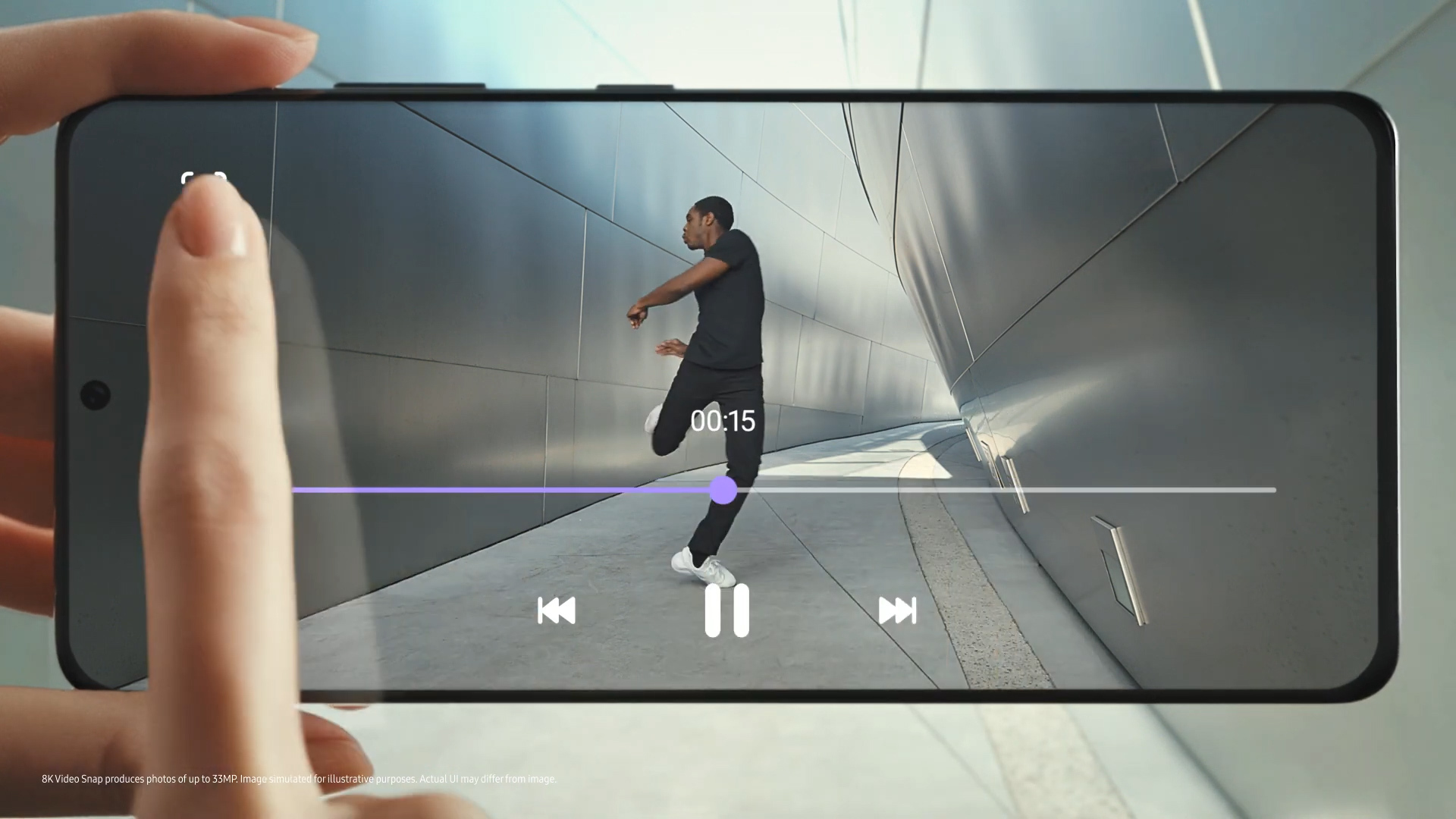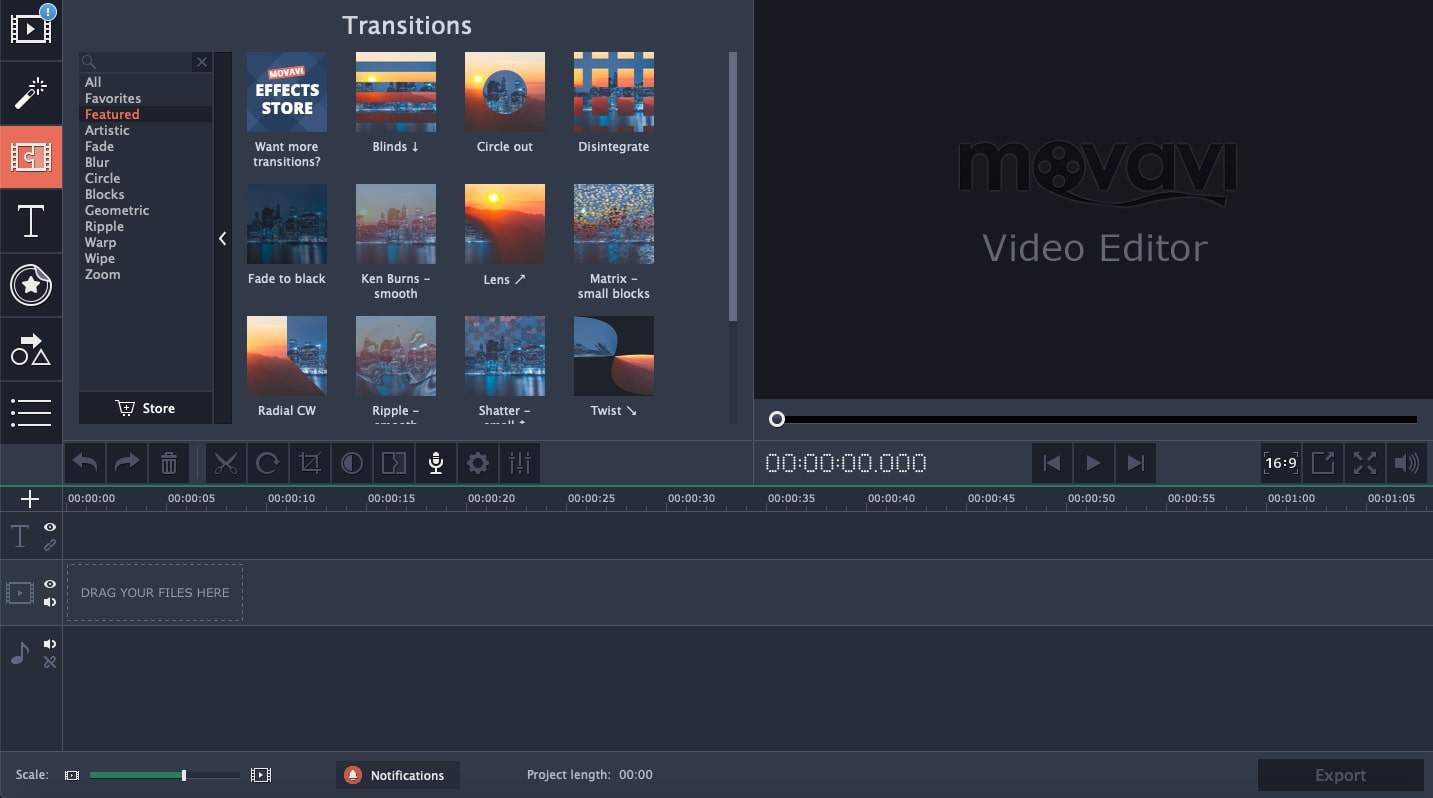


Samsung unapologetically boosts image sharpness and ramps up the contrast and noise reduction in challenging scenes. The Ultra’s photos are punchy and vibrant, with a distinctly Samsung quality to them. If you’re coming from a Samsung phone and like the Samsung look, then you can’t go wrong here. In bright environments, the S21 Ultra’s photos are for the most part excellent - made even better if you underexpose the shot slightly with the exposure bar. The most notable is the way backlit subjects can look slightly washed out, with dynamic range occasionally losing out to the likes of the Huawei Mate 40 Pro or iPhone 12 Pro Max. There are some drawbacks though, as experienced on the Galaxy Note 20 Ultra and Xiaomi’s Mi Note 10 (opens in new tab) (both sporting the 108MP Samsung module). It’s also a rockstar when it comes to clarity, with its pictures packing clear detail at their sharpest point. On the plus, its size helps it grab depth where other cameras keep everything inelegantly in-focus. (Image credit: Basil Kronfli/Digital Camera World) (opens in new tab)Ĭertain sensors have specific characteristics, and Samsung’s 108MP ISOCELL line is no exception. Samsung doesn’t just make the screens, it goes a long way towards perfecting them with tuning, and the S21 Ultra sets a new benchmark. That’s cool, but the S21 Ultra takes things even further with its pin-sharp WQHD+ resolution.Īll those screen smarts combine with a bright, easy-to-view display that’s vibrant, deep, inky, and a treat to watch, swipe, shoot, and edit on. Samsung’s Dynamic AMOLED 2X tech delivers a 120Hz refresh rate, HDR10+ support, 1500-nit peak brightness, and a 1440 x 3200 resolution (515 PPI pixel density).Ī new adaptive refresh rate means the Galaxy S21 family can automatically switch between a power-saving 10Hz and a silky smooth 120Hz. While the design is probably a 7.5/10, the display gets a perfect 10. That said, for a black phone, it is incredibly fingerprint repellent, and with availability in five colors: Phantom Black, Phantom Silver, Phantom Titanium, Phantom Navy and Phantom Brown - you have choices. The phone’s styling is bold, but it’s somewhat lost in the black variant. There are no buttons or ports on the left or top-side, with the power and volume buttons on the left, and the USB-C port and SIM tray at the bottom.Īround the back of the phone is a pronounced camera surround that extends out of the polished metal frame, as well as a matte Gorilla Glass rear panel. The front is all-screen, with a 90 percent screen to body ratio and a cutout selfie camera.


 0 kommentar(er)
0 kommentar(er)
